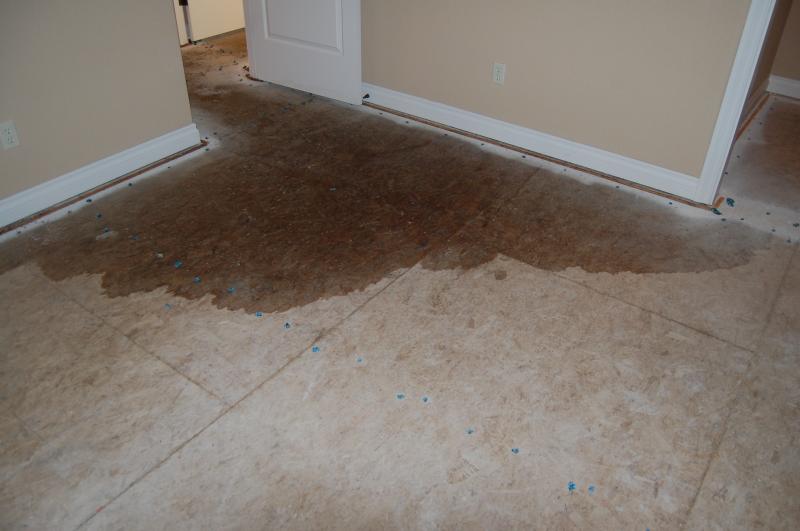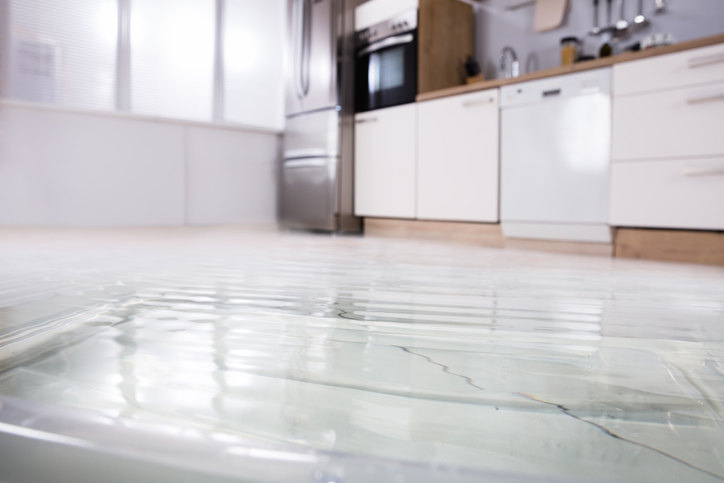Get Estimate
The writer is making a few good pointers about Detecting hidden plumbing leaks in general in this great article beneath.

Environment adjustment and international warming have actually made their mark not simply on nations however likewise communities. The when safe locations have experienced a lot more flooding and groundwater intrusion contrasted to recent years. For numerous house owners, groundwater intrusion is currently a frustration as it appears the surface.
Understanding the indicators is constantly a key for prevention and also mitigating water damages as well as groundwater invasion. Groundwater invasion is just one of the most awful problems to your residence. To prevent groundwater guideline, regular assessment of leaks in your home and check if your basement is wet. A wet cellar implies that groundwater is being available in from below your house or close by.
Increasing groundwater is a consistent issue since it causes mold and mildew and also mold growth. It also adds to timber rot, which even more results in architectural concerns. An increased quantity of groundwater makes your house much more vulnerable to flooding. You can still stop groundwater from damaging your beloved house. Here's just how!
Water resistant your Cellar
Water resistant your basement now and also don't wait prior to it's too late. If you don't hurry, the groundwater can damage in with rainfall and flooding.
To waterproof your basement, load the cellar with more concrete to avoid any groundwater issues. You need to prep the area and remove all the products stored because space. This task ought to be a top priority and is the most effective long-term service to the issue. Installing concrete as well as applying waterproofing procedures seals your cellar and safeguards it from water invasion.
Take Into Consideration Installing a French Drain System
A French drain system features polypropylene tubes. This type of drain system helps as a channel, which is lined with concrete. Even more, they do not look obvious to an unfamiliar person's eye because these drains appear like a pipe or trench that blends in their atmosphere. The advantage of this system is it safeguards your house from added troubles as it protects against the water from permeating right into your structure.
Better, this system stops your floors from water flooding. Installing this system safeguards your foundation. You won't need to be afraid crucial fixings associated with m water damage. The system is very simple to set up - you conveniently replace this type and also fit of system anytime.
Invest in Several Sump Pumps
The pump's key goal is rerouting the water from inflowing your home. This tool can shield your home from climbing groundwater. A sump pump will use a layer of defense if you feel distressed about groundwater seeping into your cellar.
Mount these pumps (and several of them) in your basement or crawlspace. When setting up, see to it that the tubing is placed into a drain or out onto the street.
Raise the Property Permanently
Raising the structures of your home permanently is a effective and long-time option to quit inbound groundwater. The general procedure includes producing a brand-new, greater foundation to increase the house above the flood zone.
Applying these ideas will certainly assist secure your house and belongings against water damage. If you attempted all of these pointers and also still obtained water damage, it's best to call in the experts. Call a water remediation firm right now to assist you get back on track.
The when safe locations have actually experienced much more flooding and groundwater intrusion compared to current years. Knowing the indicators is constantly a key for avoidance and also mitigating water damage and groundwater breach. Groundwater invasion is one of the worst damages to your residence. To stop groundwater instruction, normal examination of leakages in your house and examine if your cellar is wet. To water-proof your cellar, fill the cellar with more concrete to prevent any kind of groundwater concerns.
Tips for removing water and drying your hardwood flooring after a flood
Water and wood just don t mix. If you ve been following the aftermath of Hurricane Harvey or Hurricane Irma, this should come as no surprise. When water sits on top of hardwood floors, it can permanently ruin the hardwood as the wood will absorb the water through its pores causing warping and discoloration. So, if you have a flood or water damage (or even just a spill) on your hardwood flooring, you ll want to remove the water and dry your floors as quickly as possible.
What happens when your hardwood absorbs water?
Wood can get wet (or moist) in a number of ways a flood from outside from the rain, leaky pipes (or frozen pipes), ice damming, a toilet overflow, a leaky roof, a hurricane or storm, an appliance breaks or leaks (e.g. dishwasher or washing machine), a fire (with water used to extinguish the fire), water spills/accidents, pet accidents, a high water table in the ground that then forces water into your sub-floor from the ground.
Will my insurance company cover my water damaged flooring?
Whether or not your insurance will be cover the damage depends on your insurance plan and the cause of the damage. Please note that most homeowners (less than 20%) have flood insurance. So, if the damage was from flooding (i.e. it came from outside the house), there s a good chance you aren t covered.
Use a wet vacuum to suck up all the standing water
You want to quickly absorb as much water as you can. Note: you may want to turn to a professional mitigation company as they specialize on water extraction and have the best equipment. If you choose to do this yourself, here s a wet vacuum I d recommend. Note: keep vacuuming even after you ve removed all visible water as there is still water from the invisible pores in the wood. You ll see that that the wet vacuum continues to suction up water for a while.
Clean the surface with a disinfectant
Remember, you need to prevent mold in addition to preserving your hardwood floors. You should use a non sudsy disinfectant (e.g. Mr Clean). Once you ve finished this, use the wet vacuum again to remove any leftover water.
Use a dehumidifier
Place a dehumidifier in the center of room. If you can get more than one, that s even better. Be sure to clear the water every few hours (and make sure the filter is clean as well). Make sure the dehumidifier runs for at least 24 hrs, but you may need to use it for 2 to 3 days or even longer, pending on the severity of the water. In some cases, it s advisable to use a dehumidifier for several weeks.
Supplement with large fans (and air conditioning)
Accelerate the drying process with fans. Point the fans towards the floor. Also, be sure to open the windows around 2 inches for better air circulation/ventilation (and keep the door open). This will allow excess moisture to evaporate and create more cross ventilation. (If it s raining or extremely humid outside, then keep the windows shut and just keep the doors to other rooms open and use a dehumidifier). Put the fans on the highest level (i.e. full blast) and point them towards the floor. If you have some that oscillate, even better.
https://theflooringgirl.com/blog/save-hardwood-floors-water-damage-flood/

We were made aware of that report on Hacks to detect leaks through a friend on a different domain. Remember to take a moment to share this blog if you appreciated it. Many thanks for going through it.
Set Up An Appointment